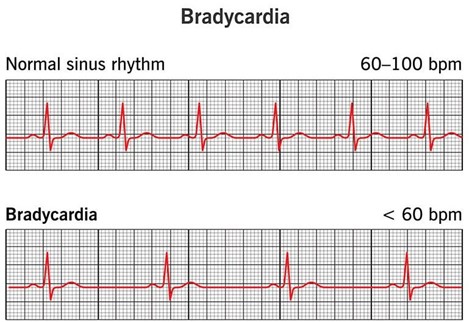A nurse is assisting in the plan of care for a client who had surgery for a bowel obstruction. The client has a nasogastric tube in place. Which of the following actions should the nurse include in the client’s plan of care? (Select all that apply).
Document the color, consistency, and amount of nasogastric drainage.
Encourage hourly use of an incentive spirometer while awake.
Irrigate the nasogastric tube every 4 to 8 hr.
Perform leg exercises every 2 hr.
Correct Answer : A,B,D
Choice A reason: Documenting the color, consistency, and amount of nasogastric drainage is an important action for the nurse to include in the client’s plan of care. This can help monitor the client’s GI function, fluid balance, and response to treatment. The normal color of nasogastric drainage is clear or yellow-green. Abnormal colors include red, brown, or black, which may indicate bleeding.
Choice B reason: Encouraging hourly use of an incentive spirometer while awake is an important action for the nurse to include in the client’s plan of care. This can help prevent respiratory complications, such as atelectasis and pneumonia, which are common after abdominal surgery. An incentive spirometer is a device that helps the client breathe deeply and expand the lungs.
Choice C reason: Irrigating the nasogastric tube every 4 to 8 hr is not an action that the nurse should include in the client’s plan of care. Routine irrigation of nasogastric tubes is not recommended, as it may increase the risk of infection, tube occlusion, or aspiration. Irrigation should only be done when indicated by specific orders or protocols, or when there is evidence of tube blockage.
Choice D reason: Performing leg exercises every 2 hr is an important action for the nurse to include in the client’s plan of care. This can help prevent venous thromboembolism (VTE), which is a serious complication that can occur after surgery due to immobility and hypercoagulability. Leg exercises can improve blood circulation and reduce stasis in the lower extremities.
Nursing Test Bank
Naxlex Comprehensive Predictor Exams
Related Questions
Correct Answer is A
Explanation
Choice A reason: Injecting insulin into a muscle that is going to be exercised can increase the absorption of insulin and lower the blood glucose level, leading to hypoglycemia. Therefore, it is advisable to avoid injecting insulin into the same body part that will be involved in the exercise.
Choice B reason: Carrying a complex carbohydrate snack with you when you exercise is not a good idea. Complex carbohydrates take longer to digest and raise the blood glucose level slowly. They are not suitable for treating or preventing hypoglycemia during or after exercise. A simple carbohydrate snack, such as glucose tablets, juice or candy, is more appropriate for this purpose.
Choice C reason: Exercising first thing in the morning before eating breakfast is not recommended for people with type 1 diabetes. This can cause a drop in blood glucose level and increase the risk of hypoglycemia. It is beter to have a balanced breakfast that includes some carbohydrates and adjust the insulin dose accordingly before exercising.
Choice D reason: Increasing the intensity of your exercise routine if your urine is positive for ketones is a dangerous practice. Ketones are produced when the body breaks down fat for energy due to lack of insulin or glucose. High levels of ketones can lead to diabetic ketoacidosis, a life-threatening condition that requires urgent medical atention. Intense exercise can raise the blood glucose level further and worsen the situation. If your urine is positive for ketones, you should avoid vigorous activity and check your blood glucose and ketone levels frequently.
Correct Answer is B
Explanation
Choice A: Blurred vision is not a typical finding of hypothyroidism. It can be caused by other conditions, such as diabetes, glaucoma, or eye strain.
Choice B: Bradycardia is a slow heart rate, usually below 60 beats per minute. This is a common finding of hypothyroidism, as the thyroid hormone regulates the metabolic rate and affects the cardiovascular system. Low levels of thyroid hormone can cause the heart to beat slower and weaker.
Choice C: Insomnia is difficulty falling or staying asleep. This is not a common finding of hypothyroidism, as low thyroid hormone levels can cause fatigue, lethargy, and excessive sleepiness.
Choice D: Moist skin is not a common finding of hypothyroidism, as low thyroid hormone levels can cause dry skin, hair loss, and britle nails. Moist skin can be a sign of hyperthyroidism, which is the opposite condition of hypothyroidism.

Whether you are a student looking to ace your exams or a practicing nurse seeking to enhance your expertise , our nursing education contents will empower you with the confidence and competence to make a difference in the lives of patients and become a respected leader in the healthcare field.
Visit Naxlex, invest in your future and unlock endless possibilities with our unparalleled nursing education contents today
Report Wrong Answer on the Current Question
Do you disagree with the answer? If yes, what is your expected answer? Explain.
Kindly be descriptive with the issue you are facing.
